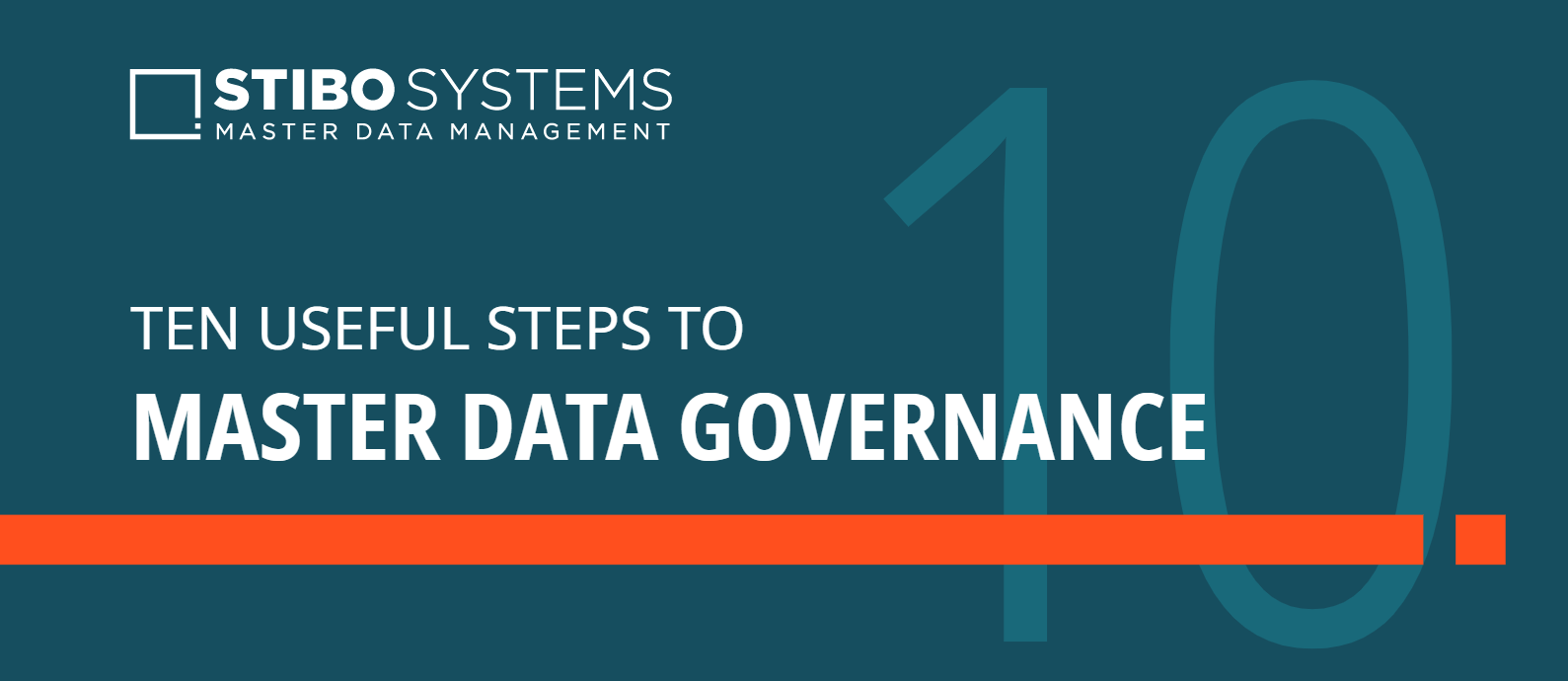In today's data-driven world, data has become a valuable asset for businesses of all sizes. The ability to collect, store and analyze various amounts of data has transformed the way organizations operate, make decisions and compete in the marketplace. However, with this power comes responsibility. Organizations must ensure that their data is accurate, reliable, secure and compliant with regulatory requirements. This is where data governance comes into play. Data governance refers to the set of policies, procedures and standards that organizations implement to manage their data assets effectively.
In this blog post, we will explore why data governance is crucial for organizations, the benefits it provides and how it can help organizations achieve their business objectives. Whether you are a small business owner or a large enterprise, understanding the importance of data governance is essential to stay ahead of the competition and make informed business decisions.

What is data governance and why is it important?
Data governance is the process of managing the availability, usability, integrity and security of the data used in an organization. It involves the development and implementation of policies, procedures and standards for managing data across the organization.
At its core, data governance is about establishing clear rules and processes for managing data throughout its lifecycle, from collection and storage to use and disposal. This includes defining data quality standards, ensuring compliance with regulatory and legal requirements, managing risks associated with data and facilitating collaboration between different teams and departments within the organization.
Data governance also involves defining data ownership and accountability, establishing roles and responsibilities for data management and providing training and education to employees on data governance practices. It requires a collaborative approach that involves stakeholders from across the organization, including IT, data management, legal, compliance and business teams.
Ultimately, the goal of data governance is to ensure that an organization's data is accurate, reliable and secure, and that it can be effectively used to support business decisions and objectives. By establishing clear rules and processes for managing data, organizations can increase the value of their data assets, reduce risks associated with data and improve their overall business operations.
Who works with data governance within an organization?
Data governance involves multiple stakeholders from different teams and departments within an organization. Here are some of the key roles and functions that typically work with data governance:
-
Executive management
Executive management plays a critical role in establishing the strategic direction for data governance within an organization. They are responsible for ensuring that data governance aligns with the overall business objectives and for providing the resources necessary to support data governance initiatives.
-
IT
The IT department is responsible for implementing and maintaining the technical infrastructure necessary to support data governance, including data management tools, data storage systems and data security measures.
-
Data management
The data management team is responsible for developing and implementing data governance policies, procedures and standards. They ensure that data is accurate, complete and consistent across the organization and that data quality standards are met.
-
Legal and compliance
Legal and compliance teams ensure that data governance practices are in compliance with regulatory and legal requirements, such as data privacy laws and regulations.
-
Business
Business teams use data for decision-making and are responsible for ensuring that data governance practices align with their business objectives. They may be involved in defining data requirements, identifying data sources and developing data models.
-
Audit and risk management
Audit and risk management teams provide oversight and assurance that data governance practices are effectively mitigating risks associated with data management.
-
Data stewards
Data stewards are responsible for the day-to-day management of specific data sets, ensuring that data is accurate, complete, and consistent. They may also be responsible for data entry, data cleaning and data validation.
Overall, data governance requires a collaborative approach that involves stakeholders from across the organization. By working together, organizations can effectively manage their data assets, reduce risks associated with data and improve their overall business operations.
INFOGRAPHIC
10 Useful Steps to Master Data Governance

What are the benefits of data governance and why do organizations need it?
Data governance provides several benefits to organizations, including:
1. Improved data quality
Data governance helps ensure that data is accurate, complete and consistent across the organization. This is achieved by defining data standards, policies and procedures for data management, which helps to improve the quality of data and increase the confidence in data-driven decisions.
2. Compliance
Data governance helps organizations comply with regulatory and legal requirements related to data privacy, security and governance. By implementing data governance practices, organizations can avoid penalties, fines and reputational damage associated with non-compliance.
3. Risk management
Data governance helps organizations identify and manage risks associated with data, such as data breaches, data loss and unauthorized access. By defining policies and procedures for data management, organizations can ensure that data is protected from internal and external threats.
4. Improved efficiency
Data governance helps organizations improve their data management processes, reducing duplication and streamlining workflows. This helps to reduce costs and improve efficiency in data management, freeing up resources to focus on other critical business activities.
5. Increased collaboration
Data governance promotes collaboration across different teams and departments within an organization. By defining data standards and policies, organizations can create a common understanding of data, facilitating communication and collaboration across the organization.
6. Better decision making
Data governance helps organizations make better-informed decisions by ensuring the accuracy and reliability of data. This helps to reduce the risk of making decisions based on incorrect or incomplete data.
Overall, data governance is essential for organizations to effectively manage their data assets and achieve their business objectives. By implementing data governance practices, organizations can improve data quality, comply with regulatory requirements, manage risks associated with data, increase efficiency, promote collaboration and make better-informed decisions.
Will the importance of data governance increase in the future?
Yes, the importance of data governance is likely to increase in the future. Here are a few reasons why:
-
Increasing amounts of data
The amount of data generated by organizations is growing at an unprecedented rate. With the rise of the Internet of Things (IoT), social media and other digital technologies, organizations are collecting vast amounts of data every day. As the volume of data increases, so does the complexity of managing that data, making data governance even more critical.
-
Regulatory requirements
As data privacy concerns continue to rise, regulatory requirements related to data governance are becoming more stringent. For example, the General Data Protection Regulation (GDPR) in the European Union and the California Consumer Privacy Act (CCPA) in the United States both require organizations to implement specific data governance practices to protect personal data.
-
Data security concerns
Cybersecurity threats continue to increase, and organizations need to take appropriate measures to protect their data assets. Data governance practices, such as access controls, data encryption and data masking, can help to protect data from unauthorized access and mitigate the risks associated with data breaches.
-
Business value
Organizations are increasingly recognizing the value of their data assets and the potential benefits of using that data to drive business decisions. To realize the full potential of their data assets, organizations need to implement data governance practices that ensure the accuracy, reliability and consistency of their data.
In conclusion, the importance of data governance is likely to increase in the future due to the increasing amounts of data generated by organizations, regulatory requirements, data security concerns and the growing recognition of the value of data for driving business decisions. Organizations that prioritize data governance will be better positioned to manage their data assets effectively and realize the full potential of their data.
EXECUTIVE BRIEF
How to Develop Clear Data Governance Policies and Processes





































































































































































































